Nature needs you more than ever.
Fall and winter are beautiful seasons of change in nature. Foliage turns, birds fly south, and bears disappear into hibernation. NatureServe knows where plants and animals are supposed to be at every time of the year; and where they’re not.
Unfortunately, climate change is disrupting natural patterns, which pushes vulnerable species closer to extinction. NatureServe uses cutting-edge data, science, and technology to monitor changes and understand the impacts of climate change on biodiversity. The more we know, the more we can save.
If you want to help plants and animals affected by climate change, please consider giving $25, $50, or $100 this giving season! If you’d like to learn more about the effects of climate change on biodiversity, scroll through our story map below.
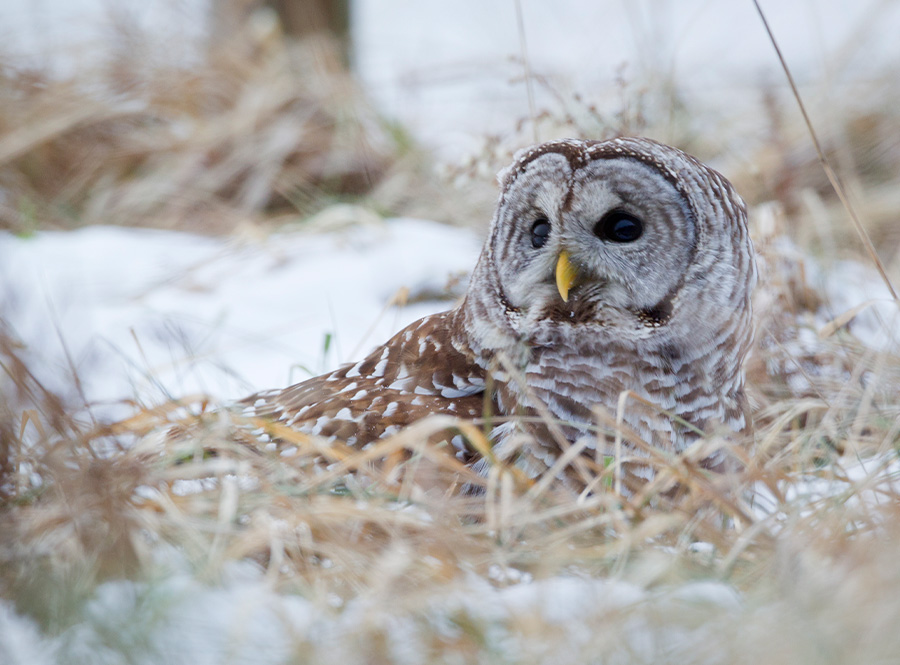
Other Ways to Give
If you’re excited about saving at-risk plants and animals but want to make your contribution another way, we have many options.
- Adopt-a-Species: Symbolically adopt one of 8 featured species
- Monthly Giving: Set up an automatic monthly gift of any size
- Donor-Advised Fund (DAF): Give through a DAF using our easy online tool
- Qualified Charitable Distribution: If you’re 70.5 years or older, you can give through your retirement account
- Vehicle Donation: Donate a car to NatureServe and it will be picked up for free
- Workplace Giving: Double your impact if your employer matches gifts. If you’re a federal employee, give through the Combined Charitable Campaign (CFC #12099)
- Gifts of Stock: Give shares of stock using our easy online tool
- Planned Giving: Add NatureServe as a beneficiary in your will or estate plan
- Tribute Gift: Make a gift in honor or memory of someone
Learn more and make your contribution today:
Recent Achievements
It’s been a busy year for NatureServe! With our Network partners across the United States, we have achieved the following:
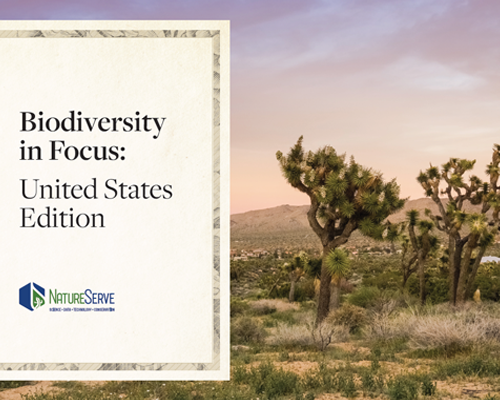
Published Biodiversity in Focus: United States Edition; the first comprehensive assessment of all 50 years of NatureServe Network Data. The analysis found that one third of biodiversity in the United States is at risk of extinction.
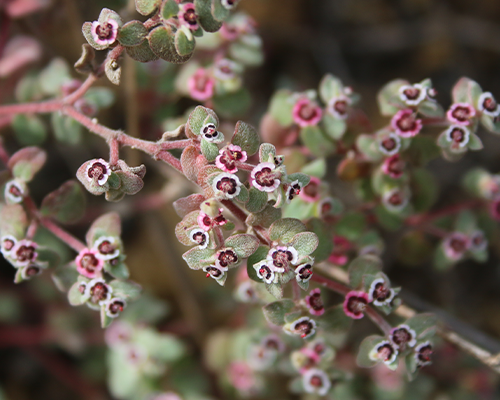
Updated 2,500+ species to reflect more accurate scientific names. Aligning species taxonomy, or the scientific names of plants and animals, improves communication and leads to more impactful conservation.
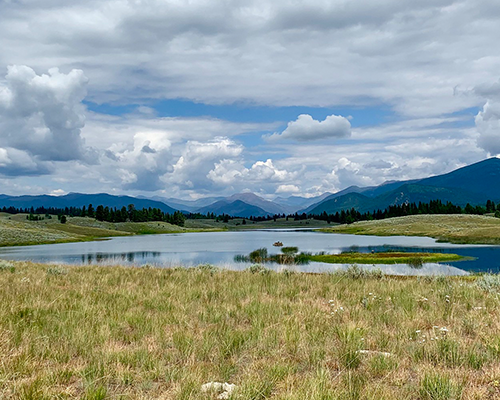
Launched a new webinar series exploring how Artificial Intelligence can transform biodiversity conservation. AI for Biodiversity, a Discovery Series, is now available online.
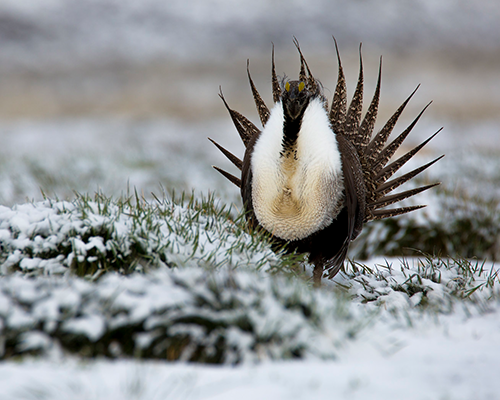
Supported nearly 400,000 users on NatureServe Explorer, our free online encyclopedia of more than 100,000 North American plants, animals, and ecosystems.
Top Right: Red-gland spurge (Euphorbia melanadenia), formerly known as Chamaesyce melanadenia, was one of the species updated. NatureServe Global Status: Apparently Secure (G4). Photo by Joe Decruyenaere. Bottom Left: Lake Montana. Photo by Aubin Douglas/U.S. Fish & Wildlife Service. Bottom right: Greater sage-grouse (Centrocercus urophasianus). NatureServe Global Status: Vulnerable (G3). Photo by the U.S. Fish & Wildlife Service.